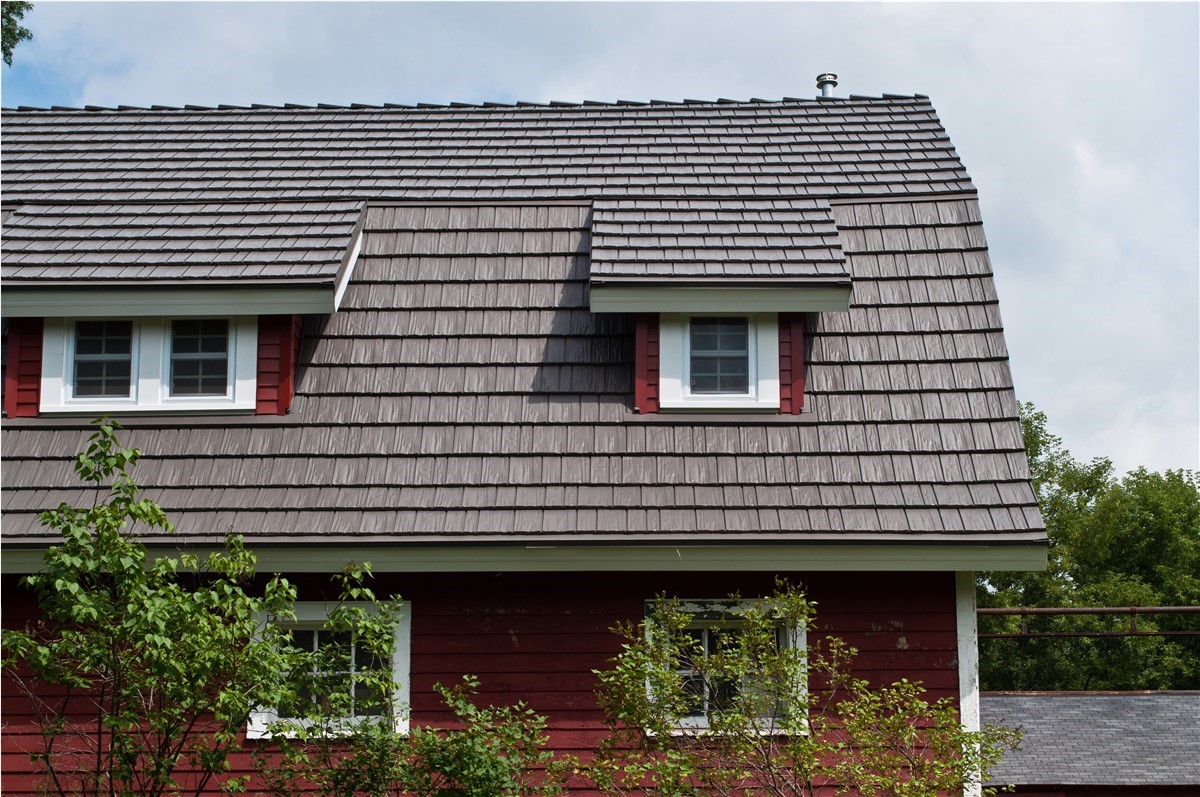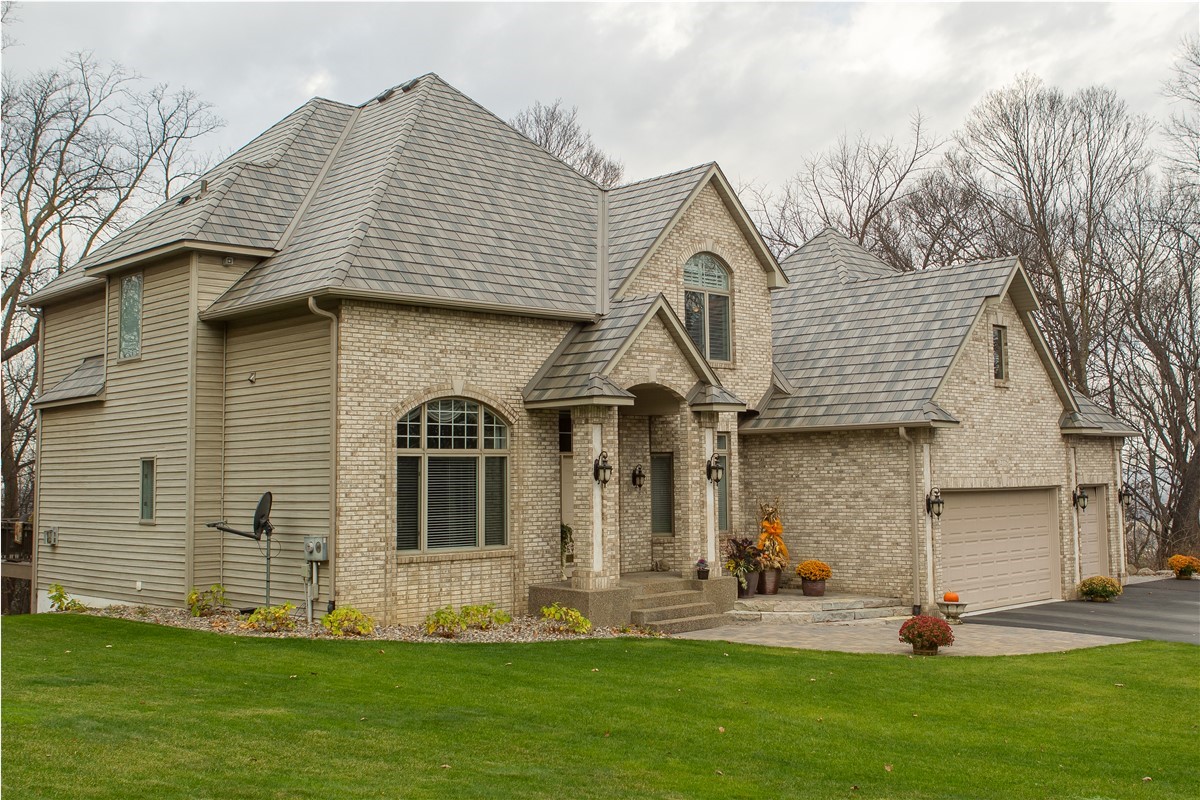 Damage Caused by Ice Dams
Damage Caused by Ice Dams The weight of those icicles can pull the gutters off, taking along with them the soffit and fascia, and even part of the roofing. That falling ice and building materials can be a major safety threat to anyone walking underneath at the time, and you might be looking at substantial landscaping damage. What's worse, those gutters that are meant to carry water away from your home are gone, and melting snow will now pool up around your foundation, eventually finding its way into your basement.
But those are not the only problems ice dams may cause. They are also responsible for damage to roofing as well as the structure underneath the roof, as well as water leaks into your home. That could spell interior damage as well - wet insulation, wood rot, crumbling ceilings, and more.
What Causes Ice Dams?There are a number of factors that lead to the development of ice dams, but most often the culprit is poor ventilation in the attic or space under the roof. That area needs to be kept cool. If the attic space is warm, that heat will transfer to the roof and the snow will melt. But when that melting snow hits the edge of the roof where it's cold, it will freeze into ice. (The problem gets compounded if the gutters are clogged, but that's another issue.) That freezing ice then forms a solid ridge, which will trap more melting snow, resulting in an even larger ridge of ice. Eventually the melting snow will spill over and develop icicles.
So the first step we take when we're installing a new roof on a home that has had an issue with ice dam development is to assess the ventilation in the attic. Cool air needs to circulate under the roof to prevent the snow from melting. So we put in additional ventilation if it's lacking. And usually we will suggest metal roofing as a permanent solution, for two reasons. The metal roofing we install rests on a cushion of air, so there is even more cold air circulating. Plus snow slides more easily off a metal roof than asphalt, so snow build-up usually isn't an issue.
If your home here in the Minneapolis area gets ice dams winter after winter, time to talk to us about getting rid of the problem for good. We do offer ice dam removal and prevention to avoid damage to your home this winter, but we'd love to give you an estimate on the installation of metal roofing (along with proper ventilation) so you'll never have to deal with those roof-edge icicles again.
Subscribe to Quarve Contracting's Blog





Comments